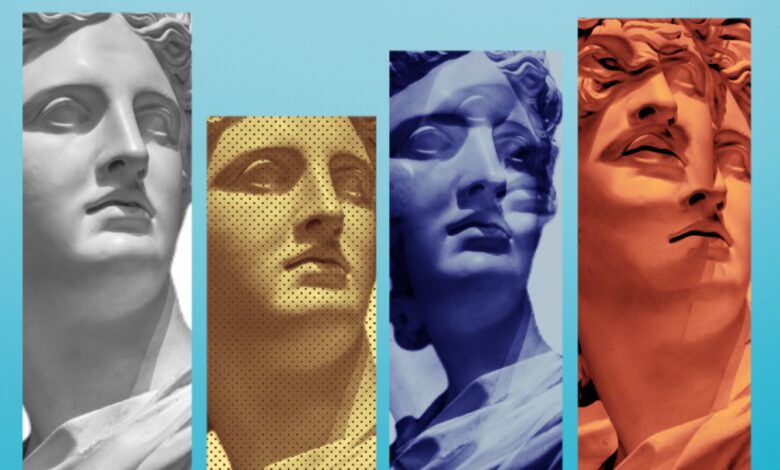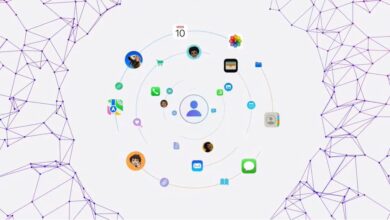Is AI as capable as humans? Here’s how far artificial intelligence has come.

Is AI as capable as humans? Here’s how far artificial intelligence has come.
In early 2021, the internet became transfixed by pictures of “avocado armchairs.”
Generated by OpenAI’s DALL-E artificial intelligence system, the images appeared on the screen after the simplest of prompts: a human user typing “avocado armchair.” The results were surreal, shockingly realistic, and marked a turning point for AI. Despite the unusual request, DALL-E had no problem conjuring up images that fit the bill.
Three years later, AI continues to improve. Verbit used data from academic research to see just how far AI is progressing.
Today’s AI can produce images that are virtually impossible to distinguish from photographs or human-created drawings, raising reasonable concerns. Artists worry about their economic futures, for one, while the proliferation of artificially generated images and videos of real people has caused lawmakers to start drafting bills to combat nonconsensual “deepfakes.”
Image generation is just one area in which AI use is exploding. Computers have made huge strides in other domains, from text generation and coding to creating music. Nowhere is AI more impressive than with its speed: Whether writing a song, producing artwork, or penning an email, humans simply can’t compete with the processing speed of AI. In other areas, AI still falls short. Empathy, the depth of human emotion, self-awareness, and creativity are all areas where many might hope AI never catches up.



